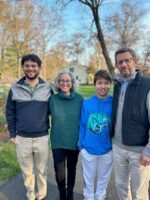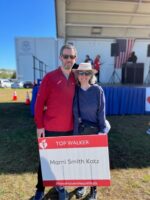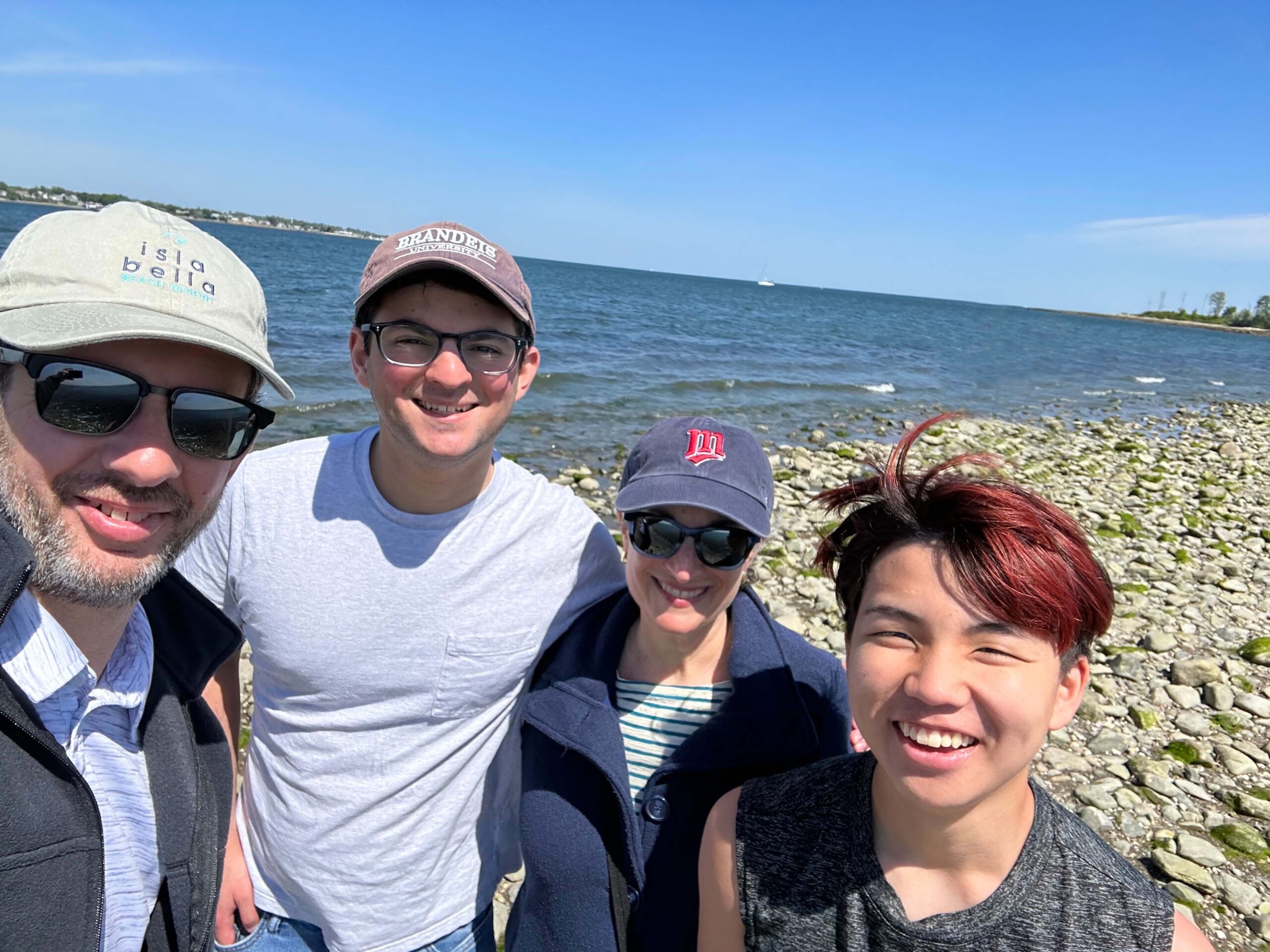February 6th, 2020 was a regular Thursday. When I woke up that morning, I was a 52-year-old husband, father and lawyer.
Married to Marni for nearly 29 years at that time, with one son in college and another in middle school; and practicing at the same law firm for 28 years. I was also a runner – generally running 3-4 times a week, and about ten different 5K’s every year. I even ran a half marathon in 2017, right before my 50th birthday. I had always had stellar cholesterol numbers, a steady 120/80 blood pressure, and a pretty decent – albeit imperfect – diet.
February 6th was like a lot of other Thursdays for me. A busy, but normal day.
Marni and I had a quiet dinner, but I began to experience some indigestion. Or what I thought was indigestion. Initially, I thought the discomfort had passed, and I sat down to watch some TV. But it didn’t pass. It got worse. Pressure in the center of my chest. Not pain; just pressure. Like a lot of pressure. Enough that it made me nervous, and I mentioned something to Marni. By this time, I was also experiencing tingling in both arms and up my neck. And I was sweating. And wondering if I was having a panic attack. Or something else.
This was no longer a normal Thursday.
When Marni suggested that I try meditating, I told her that I couldn’t sit still. That I had a sense that something was wrong. Like an overwhelming sense. That’s when she said she was going to call 9-1-1. And I did not put up a fight. In fact, I counted the minutes until they arrived. Eight. Eight long minutes. When the EMT’s arrived, they decided to transport me to the hospital.
I remember that ambulance ride well. It was my first time in an ambulance as a patient.
On the ride there, I received a couple of nitro tablets and some reassurance that I wasn’t going to die on the way to the hospital. Neither was particularly comforting.
Once we got to the ER, I was hooked up to an EKG machine. Two doctors read the readout and confirmed that I was having a heart attack. At that point, the catheterization lab was notified that I was coming, and I was given some paperwork to complete. While I was signing the forms, I vividly recall feeling dizzy and saying that I was very lightheaded. Someone must have asked “what?” because I remember repeating that phrase: “I am feeling very lightheaded.” The next thing I remember was the sensation of someone pounding on my chest. Not fully awake or conscious, I remember thinking: “Oh, wow, I am getting CPR.”
When I opened my eyes, the folks around me were all smiling. I turned to the very large guy who had been doing chest compressions and asked him if they had to use defibrillator paddles. “Yes,” he said. “How many times?” I asked. “Twice.” In that hazy moment, I began to process how incredibly lucky I was.

At that point, I didn’t know that one of the medical team had been dispatched to tell my wife that they brought me back quick enough that there probably wouldn’t be any brain damage.
In the catheter lab, I had a single stent placed in my heart. I was in the hospital for a total of about 44 hours from arrival to discharge. My diagnosis was “100% thrombotic occlusion of the proximal left anterior descending artery (LAD).” This is commonly known as a “widow maker” heart attack. My heart attack was followed by cardiac arrest. (That is not always the case, of course. Some people have heart attacks without cardiac arrest, and some people – like NFL player Damar Hamlin – experience cardiac arrest without having a heart attack.)
As I said before, immediately after being revived, I started to realize how lucky I was.
While I was in the hospital, I had the good fortune to be taken care of by wonderful doctors and nurses. And to be visited by dear friends and family, all of whom – I hope – will attest to the fact that my sense of humor remained intact.
This was a close call. They don’t get much closer. When I think about it, my mind inevitably wanders to the world of “what if’s.” And those “what if’s” – particularly when I think about Marni and my kids, are pretty scary and upsetting.
I have now had three years to reflect on this event.
During these three years, sadly, I have known a couple of people who experienced similar cardiac events, but with unfortunate outcomes. They were not as lucky as I was.

I have to imagine that anyone who suffers a near death experience like mine spends a good deal of time processing, praying and planning.
One thing I have learned is that there are things that are within our control and things that are not. And that we have to focus our attention on the things that we can control.
- exercise
- eat better
- focus on our mental health as much as our physical health
- proactively identify and deal with sources of stress
- get trained in CPR and in the use of AED’s.
- make sure that the people around us are also trained. Last month more than twenty people at my firm became AHA “Heart savers.”
And listen to your body. I was lucky. I experienced symptoms. And I didn’t dismiss them as something less serious. Thank God Marni called 911.
From my hospital bed, I posted a “public service announcement” on Facebook.
- If you think you might be having a heart attack, call 911 and get to the hospital.
- CPR compressions really work (and hurt).
- Even people who exercise regularly and aren’t overweight have heart attacks.
I made that “announcement” because I recognized the importance of sharing my story. Having been lucky enough to receive a “second chance,” I see it as my responsibility to promote awareness.
When I woke up on February 6, 2020, I was a 52-year-old husband, father and lawyer.
When I woke up on February 7, 2020, I was a 52-year-old husband, father, lawyer and survivor.
Stuart recently shared his story at the 2023 New Haven Heart Walk because he wants everyone to know the importance of recognizing when something doesn’t feel right and calling 911, and knowing Hands-Only CPR.
